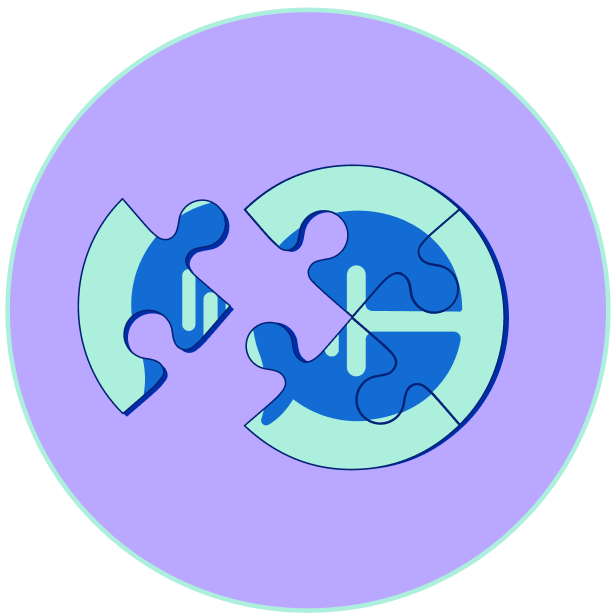This post is written by Accelerated Digital Media, a valued member of CallRail’s agency community. Accelerated Digital Media is a performance marketing agency that works with high-growth brands in the health and e-commerce industries
Google is perhaps the most powerful force in digital marketing, and as it continues to evolve its sprawling web properties, advertisers need to evolve right along with it. One area undergoing transformative change right now is the service that made it famous and powerful in the first place: its search engine.
Google’s search engine results page (SERP) looks nothing like it did 10 or even 3 years ago. Today, generative AI integrations are reshaping its core functionality, enhanced shopping features, and an increased emphasis on video and image content. The changing SERP has sweeping implications for advertisers, affecting how they approach multimedia ad formats like Google Shopping and regular paid search ads.
Generative AI threatens web traffic
Traditional question queries once yielded dozens of SEO-tailored articles and paid ads designed to answer the question. Today, they’re met with an AI chatbot that automatically answers those queries based on its reading of online resources—sometimes accurately, sometimes not. This functionality threatens to reduce the clicks brands and publications can expect to reach their websites and calls into question whether tried-and-true SEO and paid search tactics will be effective for much longer.
New visual integrations create crowding on the SERP
It isn’t just the generative AI functions that push search results further down the page. Google has also begun to prioritize Shopping Ads, having recently expanded their display size for relevant queries, image results, and potentially related videos from YouTube. That means traditional text-based search results, whether paid or organic, have taken a backseat, so smaller advertisers may struggle to compete for SERP visibility against larger brands with deep SEO infrastructure and higher budgets.
New shopping, visual, and brand features offer opportunities
The changing SERP might be making traditional search tactics more difficult, but Google hopes advertisers will counter by embracing its new advertising tech. Brand Profiles now populate for branded search queries, appearing as prominent banners atop the SERP. They draw key information about brands and products from Google Business and websites. Brands should ensure their profiles are accurate and complete to optimize their visibility in this high-traffic area above both paid and organic search results.
With its increased emphasis on Shopping, Google has integrated advanced new features to make product listing ads more engaging. Automated Product Highlights, Video Highlights, 3D Spin Functionality, and Virtual Try-On all rely on some measure of AI to help potential customers better understand products and their advantages.
The push for visual content and multimedia integrations across the SERP will force brands to focus more on developing strong creative and sharpening their conversion rate optimization (CRO). While search may lose some of the commercial potency it once had, there will still be plenty of opportunity to succeed on Google Ads for the brands that are nimble enough to adapt.








